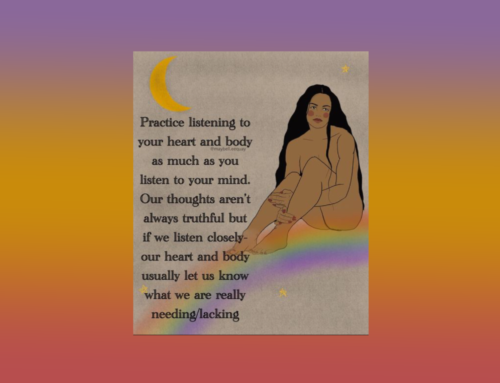Sun Salutations, Suryanamaskara, directly translates to ‘salute the sun.’ We utilize this sequence at the beginning of our practice to help wake up the body and initiate the connection to breath. After practicing Sun Salutations for some time we become familiar with the sequence. Once this happens we have the space to drop out of the thinking mind, since we know what movement is coming next, and step into the experience. This allows us to explore the breath and the movement in a state of flow. This flow state has beneficial effects physically, mentally, and emotionally, it is a way of finding meditation through movement. This is also why we start out with this sequence, to help foster this dynamic meditation throughout our whole practice. Practicing this connection in our movement will help us when we are still, during Shavasana or in seated meditation.
Suryanamaskra is also a practice of honoring the light that is within. Kindling the connection to our whole being can help us feel more rooted within ourselves. In winter the lack of light can take an emotional toll, and SADs or seasonal affective disorder is common due to the limited hours of sunlight. Thinking back to last week’s theme, we remember that winter is connected to the water element and that when water is out of balance, fear can become the dominant emotion. Excess fear can lead to diminished will power, disconnecting us to our vibrancy of being alive.
There isn’t one single answer to address emotional imbalances. However, we can explore practices and plants that can help us connect back to our inner light. Our yoga practice is a great way to find connection back within the body, feeling into our movement we can stoke the fires of our willpower. We can continue to find this connection on our own, utilizing the meditative movement of sun salutations by incorporating them into your routine outside of your led yoga practice. The amount of sun salutations that you do is up to you, just find an amount that allows you to connect into the body and the breath. These can be done in the morning to help the body wake up or in the evening as a way to wind down.
We can also look to the support of plants. Saint John’s Wort (Hypericum perforatum) is a renowned plant that has been used for centuries for addressing mental health conditions. Saint John’s Wort has a wide range of documented healing properties from helping with nerve pain, strengthening the urinary organs, and helping raise the spirits; used in treatment of anxiety and mild to moderate depression. Incorporating Saint John’s Wort into your health care practice during the winter can be supportive to help counterbalance the winter blues. Saint John’s Wort often blooms around the summer solstice capturing the essence of the warmth and vibrancy of summer. It is highly recommended to get Saint John’s Wort in tincture form as a mix with other plants that embody a sunny disposition, like lemon balm, mimosa, and dandelion flower.
Before incorporating any new plant it’s always advised to speak directly to a herbalist, or a healthcare professional. Saint John’s Wort should not be taken if you are currently taking certain antidepressants. I happily recommend Suzanna Stone (https://www.owlcrafthealingways.com/) who is an herbalist that has a tremendous wealth of knowledge about plants. I have been taking her “sunshine in a bottle” Saint John’s Wort tincture for the past two winters and can stand by its effectiveness.
I also wanted to share a tea blend to help with the winter blues. This is a great tea to make in the morning and sip on throughout the day.
Recipe by Tina Sams
Sun in Winter Tea Blend: (makes about thirty 1 cup servings)
- ⅓ cup lemon balm
- ⅓ cup holy basil (tulsi)
- ⅓ cup rose
- (Option to add lemon and honey)
Steps:
- Make the tea blend by mixing the plants into a container with a lid, label
- When it’s time to create your tea use a 1 teaspoon tea blend to 10 oz of water ratio
- Pour boiling water over your tea (either using a single infuser or French press) and let steep 5 minutes
- Add lemon and honey to taste, enjoy liberally.







